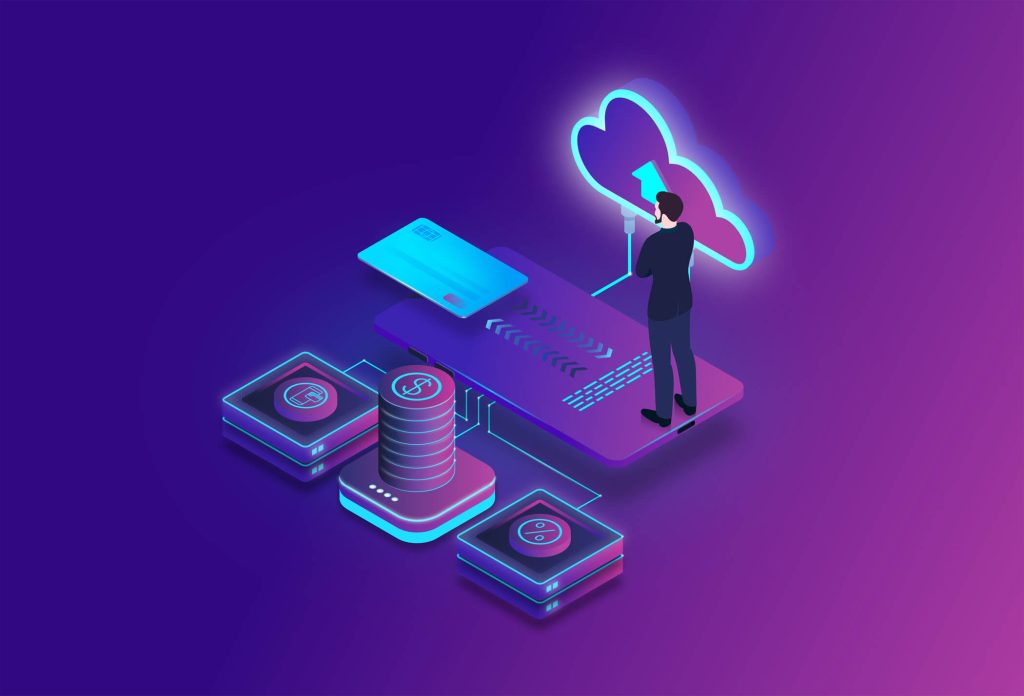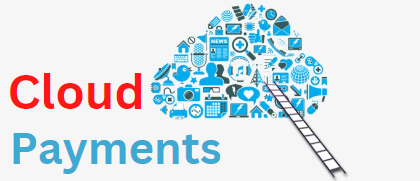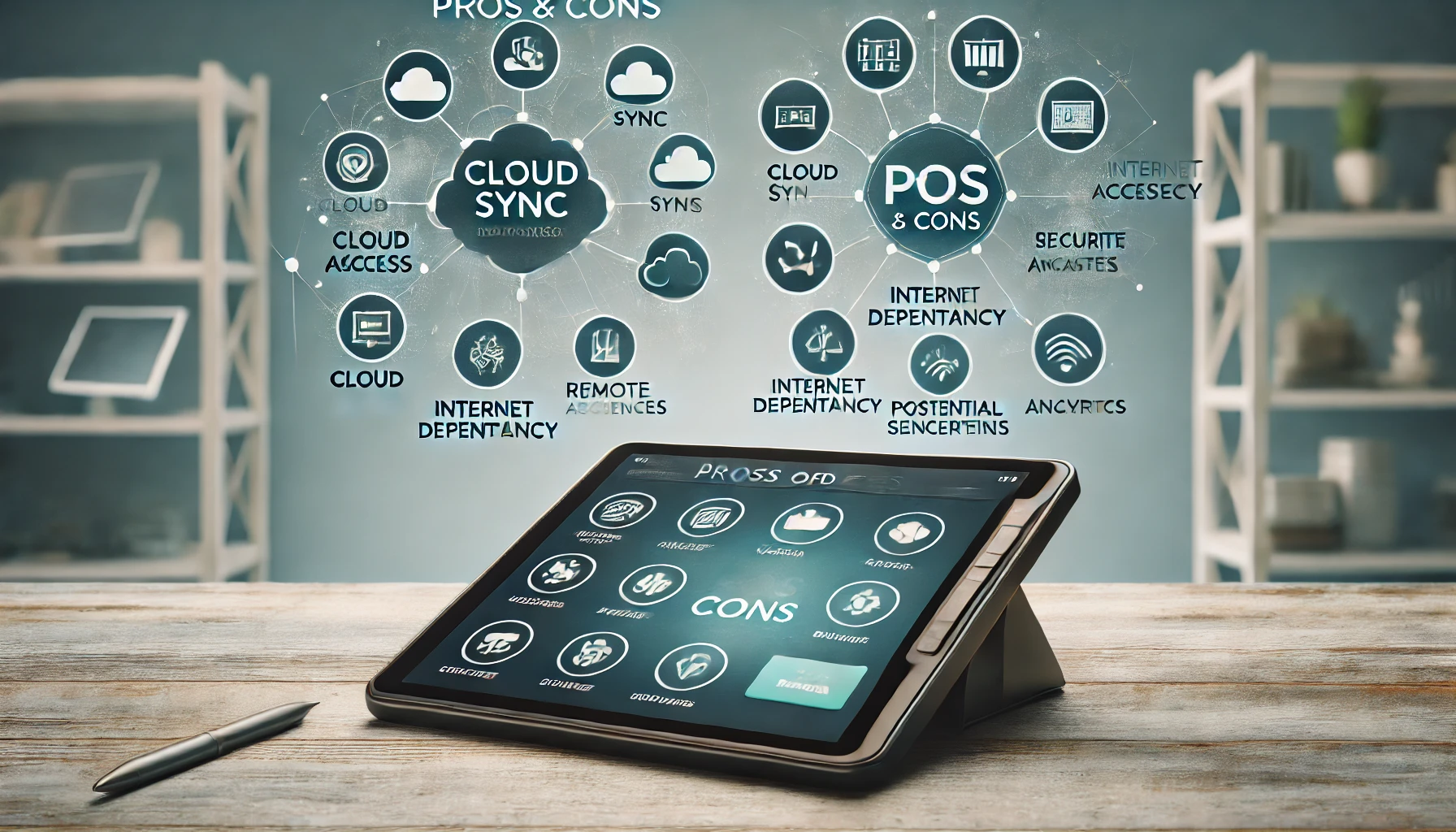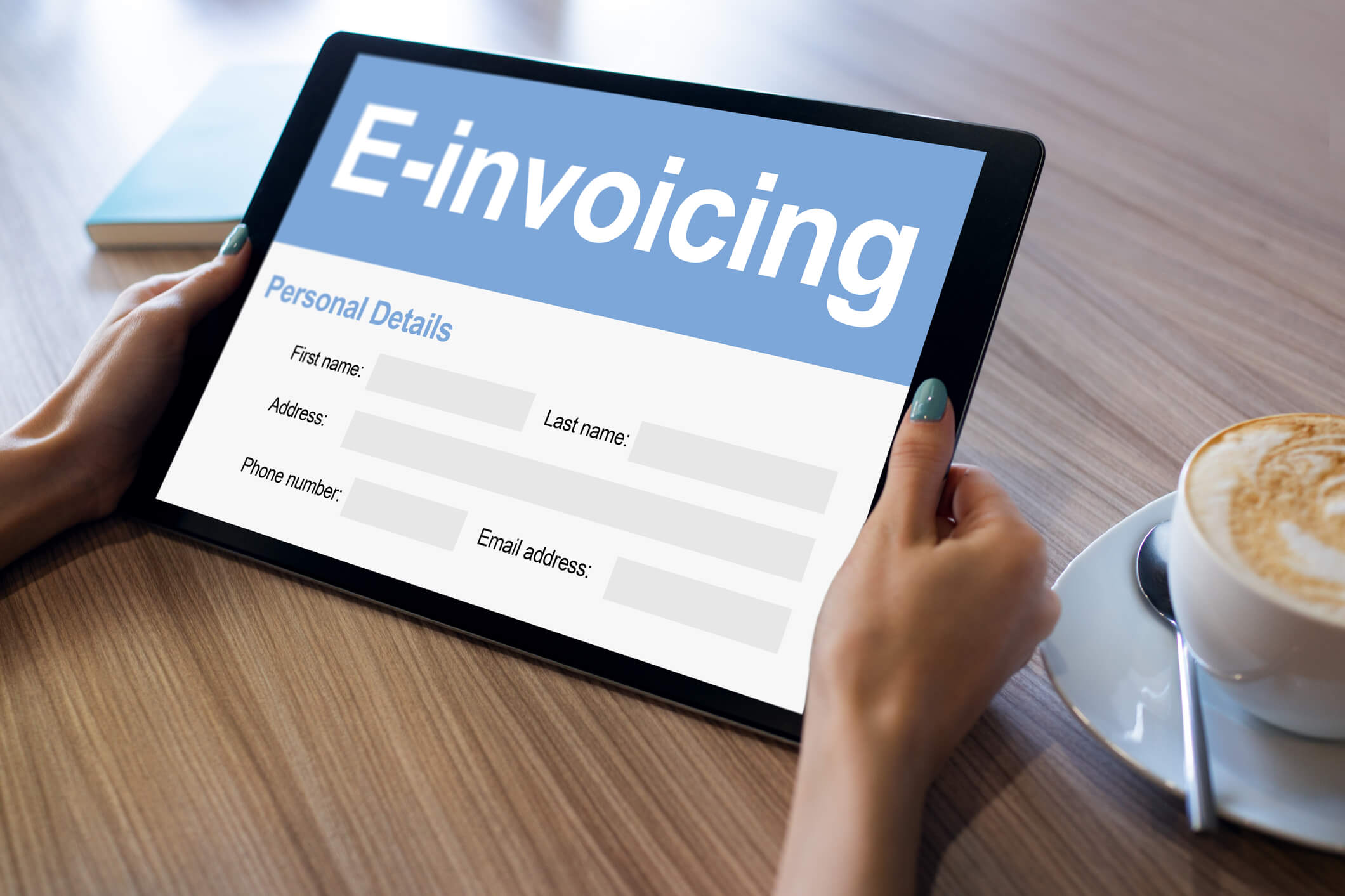Automating Invoicing and Billing Processes with Cloud-based SaaS Payments
One area where businesses often struggle is in the invoicing and billing processes. Manual invoicing and billing can be time-consuming, prone to errors, and difficult to manage. However, with the advent of cloud-based Software-as-a-Service (SaaS) payments, businesses now have the opportunity to automate these processes and streamline their operations.
What is cloud-based SaaS payments?

Cloud-based SaaS payments refer to a software delivery model where the application is hosted on the cloud and accessed through the internet. It allows businesses to automate their invoicing and billing processes by leveraging the power of cloud computing. With cloud-based SaaS payments, businesses can create, send, and manage invoices, as well as process payments, all in one centralized platform.
Importance of automating invoicing and billing processes

Automating invoicing and billing processes offers numerous benefits for businesses. Firstly, it saves time and reduces the risk of errors. Manual invoicing and billing can be a tedious and error-prone task, especially when dealing with large volumes of transactions. By automating these processes, businesses can eliminate the need for manual data entry and reduce the chances of mistakes.
Secondly, automation improves efficiency and productivity. With cloud-based SaaS payments, businesses can streamline their invoicing and billing workflows, allowing them to process payments faster and more accurately. This not only improves customer satisfaction but also frees up valuable time for employees to focus on more strategic tasks.
Lastly, automation provides businesses with real-time visibility and control over their financial processes. With cloud-based SaaS payments, businesses can track and monitor their invoices, payments, and cash flow in real-time. This enables them to make informed decisions and take proactive measures to optimize their financial performance.
Benefits of using cloud-based SaaS payments for invoicing and billing
There are several benefits of using cloud-based SaaS payments for invoicing and billing. Firstly, it offers cost savings and scalability. With cloud-based SaaS payments, businesses can eliminate the need for expensive hardware and software installations. They can also scale their invoicing and billing processes up or down based on their needs, without incurring additional costs.
Secondly, cloud-based SaaS payments provide enhanced security and data protection. Cloud-based platforms employ advanced security measures, such as encryption and multi-factor authentication, to protect sensitive financial data. This ensures that businesses can securely process payments and handle customer information without the risk of data breaches.
Lastly, cloud-based SaaS payments offer real-time tracking and reporting capabilities. Businesses can generate detailed reports and analytics on their invoicing and billing processes, allowing them to gain insights into their financial performance. This enables them to identify trends, spot potential issues, and make data-driven decisions to improve their operations.
Understanding the Basics of Cloud-based SaaS Payments
To fully leverage the benefits of cloud-based SaaS payments, it is important to understand its definition and features, as well as how it works. Let’s delve into these aspects in more detail.
Definition and features of cloud-based SaaS payments
Cloud-based SaaS payments refer to a software delivery model where the application is hosted on the cloud and accessed through the internet. It is a subscription-based service, where businesses pay a monthly or annual fee to use the software. Some key features of cloud-based SaaS payments include:
- Centralized platform: Cloud-based SaaS payments provide businesses with a centralized platform to manage their invoicing and billing processes. This eliminates the need for multiple software applications and manual data entry.
- Integration capabilities: Cloud-based SaaS payments can integrate with other business systems, such as accounting software and customer relationship management (CRM) systems. This allows for seamless data transfer and synchronization, reducing the need for manual data entry and improving accuracy.
- Customization options: Cloud-based SaaS payments offer customization options to tailor the software to the specific needs of the business. This includes the ability to create custom invoice templates, set up automated workflows, and define payment terms and conditions.
- Multi-currency and multi-language support: Cloud-based SaaS payments can handle international transactions by supporting multiple currencies and languages. This enables businesses to expand their operations globally and cater to a diverse customer base.
How cloud-based SaaS payments work
Cloud-based SaaS payments work by leveraging the power of cloud computing to automate invoicing and billing processes. Here is a step-by-step overview of how it works:
- Data input: Businesses input their customer and product information into the cloud-based SaaS payment platform. This includes details such as customer names, addresses, product descriptions, and pricing.
- Invoice generation: The cloud-based SaaS payment platform generates invoices based on the inputted data. It can create customized invoice templates with the business’s branding and logo.
- Invoice delivery: The invoices are then sent to customers via email or other electronic means. The cloud-based SaaS payment platform can track the delivery status and provide notifications to both the business and the customer.
- Payment processing: Customers receive the invoices and can make payments directly through the cloud-based SaaS payment platform. It supports various payment methods, such as credit cards, debit cards, and online payment gateways.
- Payment reconciliation: The cloud-based SaaS payment platform automatically reconciles the payments with the corresponding invoices. It updates the business’s financial records in real-time, ensuring accurate and up-to-date financial reporting.
Popular cloud-based SaaS payment providers
There are several cloud-based SaaS payment providers in the market, each offering their own unique features and capabilities. Some popular providers include:
- Stripe: Stripe is a leading cloud-based SaaS payment provider that offers a comprehensive suite of payment processing tools. It supports various payment methods, including credit cards, digital wallets, and bank transfers. Stripe also provides robust security features, such as tokenization and fraud detection.
- PayPal: PayPal is a well-known cloud-based SaaS payment provider that enables businesses to accept payments online. It offers a user-friendly interface and supports multiple currencies and languages. PayPal also provides integration capabilities with popular e-commerce platforms, making it easy for businesses to set up online stores.
- Square: Square is a cloud-based SaaS payment provider that specializes in point-of-sale (POS) solutions. It offers a range of hardware and software options, including mobile card readers and POS terminals. Square also provides additional features, such as inventory management and customer relationship management.
Streamlining Invoicing and Billing Processes with Automation
Manual invoicing and billing processes can be time-consuming, error-prone, and difficult to manage. However, with automation, businesses can improve efficiency and accuracy in these processes. Let’s explore how automation can benefit businesses and the key features to look for in an automated invoicing and billing solution.
Challenges of manual invoicing and billing processes
Manual invoicing and billing processes come with several challenges that can hinder business operations. Some common challenges include:
- Time-consuming data entry: Manual invoicing and billing require businesses to manually input customer and product information into multiple systems. This can be a time-consuming task, especially when dealing with a large volume of transactions.
- Increased risk of errors: Manual data entry is prone to errors, such as typos and miscalculations. These errors can lead to incorrect invoices, delayed payments, and customer dissatisfaction.
- Lack of visibility and control: Manual invoicing and billing processes often lack real-time visibility and control. Businesses may struggle to track the status of invoices, monitor payment collections, and generate accurate financial reports.
- Inefficient workflows: Manual processes can result in inefficient workflows, with invoices getting lost or delayed in the approval process. This can lead to delays in payment collections and cash flow issues.
How automation can improve efficiency and accuracy
Automation can significantly improve efficiency and accuracy in invoicing and billing processes. Here are some ways automation can benefit businesses:
- Streamlined data entry: Automation eliminates the need for manual data entry by integrating with existing systems and software. This ensures that customer and product information is automatically populated in the invoicing and billing system, reducing the chances of errors and saving time.
- Automated invoice generation: With automation, businesses can generate invoices automatically based on predefined templates and rules. This eliminates the need for manual invoice creation, ensuring consistency and accuracy in the invoicing process.
- Workflow automation: Automation allows businesses to set up automated workflows for invoice approval and payment collection. This ensures that invoices are routed to the appropriate stakeholders for review and approval, reducing delays and improving efficiency.
- Real-time tracking and reporting: Automation provides businesses with real-time visibility and control over their invoicing and billing processes. They can track the status of invoices, monitor payment collections, and generate accurate financial reports on-demand.
Key features to look for in an automated invoicing and billing solution
When selecting an automated invoicing and billing solution, businesses should consider the following key features:
- Integration capabilities: The solution should seamlessly integrate with existing systems and software, such as accounting software and CRM systems. This ensures that data is synchronized across different platforms, reducing the need for manual data entry and improving accuracy.
- Customization options: The solution should offer customization options to tailor the software to the specific needs of the business. This includes the ability to create custom invoice templates, define payment terms and conditions, and set up automated workflows.
- Payment processing options: The solution should support various payment methods, such as credit cards, debit cards, and online payment gateways. It should also provide secure payment processing capabilities, including encryption and fraud detection.
- Reporting and analytics: The solution should offer robust reporting and analytics capabilities, allowing businesses to generate detailed reports on their invoicing and billing processes. This enables them to gain insights into their financial performance and make data-driven decisions.
Exploring the Advantages of Cloud-based SaaS Payments for Invoicing and Billing
Cloud-based SaaS payments offer numerous advantages for businesses when it comes to invoicing and billing. Let’s explore some of these advantages, including cost savings, enhanced security, and real-time tracking and reporting capabilities.
Cost savings and scalability
One of the key advantages of cloud-based SaaS payments is cost savings. With cloud-based SaaS payments, businesses can eliminate the need for expensive hardware and software installations. They can access the software through the internet, reducing upfront costs and ongoing maintenance expenses.
Cloud-based SaaS payments also offer scalability. Businesses can scale their invoicing and billing processes up or down based on their needs, without incurring additional costs. This flexibility allows businesses to adapt to changing market conditions and handle increased transaction volumes without the need for significant investments in infrastructure.
Enhanced security and data protection
Security is a top concern for businesses when it comes to invoicing and billing processes. Cloud-based SaaS payments provide enhanced security and data protection measures to ensure the safety of sensitive financial data.
Cloud-based platforms employ advanced security measures, such as encryption and multi-factor authentication, to protect customer information and prevent unauthorized access. They also undergo regular security audits and compliance certifications to ensure that they meet industry standards and regulations.
Real-time tracking and reporting capabilities
Cloud-based SaaS payments offer real-time tracking and reporting capabilities, providing businesses with up-to-date insights into their invoicing and billing processes. Businesses can track the status of invoices, monitor payment collections, and generate detailed reports on-demand.
Real-time tracking enables businesses to identify potential issues, such as delayed payments or outstanding invoices, and take proactive measures to address them. It also allows businesses to gain visibility into their cash flow and make informed decisions to optimize their financial performance.
Choosing the Right Cloud-based SaaS Payment Solution for Your Business
When selecting a cloud-based SaaS payment provider for your business, it is important to consider several factors. These factors include integration capabilities, customization options, and flexibility. Let’s explore these factors in more detail.
Factors to consider when selecting a cloud-based SaaS payment provider
- Integration capabilities: The cloud-based SaaS payment provider should seamlessly integrate with existing systems and software, such as accounting software and CRM systems. This ensures that data is synchronized across different platforms, reducing the need for manual data entry and improving accuracy.
- Customization options: The cloud-based SaaS payment provider should offer customization options to tailor the software to the specific needs of your business. This includes the ability to create custom invoice templates, define payment terms and conditions, and set up automated workflows.
- Scalability: The cloud-based SaaS payment provider should offer scalability, allowing your business to handle increased transaction volumes without incurring additional costs. This flexibility enables your business to adapt to changing market conditions and grow without the need for significant investments in infrastructure.
Integration with existing systems and software
Integration with existing systems and software is crucial for a seamless invoicing and billing process. The cloud-based SaaS payment provider should be able to integrate with your accounting software, CRM systems, and other business systems to ensure that data is synchronized across different platforms.
Integration eliminates the need for manual data entry and reduces the chances of errors. It also enables businesses to generate accurate financial reports and gain real-time visibility into their invoicing and billing processes.
Customization options and flexibility
Every business has unique invoicing and billing requirements. The cloud-based SaaS payment provider should offer customization options to tailor the software to the specific needs of your business. This includes the ability to create custom invoice templates, define payment terms and conditions, and set up automated workflows.
Flexibility is also important when selecting a cloud-based SaaS payment provider. The solution should be able to scale up or down based on your business needs, without incurring additional costs. This allows your business to adapt to changing market conditions and handle increased transaction volumes without the need for significant investments in infrastructure.
Implementing Cloud-based SaaS Payments for Invoicing and Billing
Implementing cloud-based SaaS payments for invoicing and billing requires careful planning and execution. Here is a step-by-step guide to help you implement cloud-based SaaS payments successfully.
Step-by-step guide to implementing cloud-based SaaS payments
- Evaluate Current Processes: Begin by thoroughly evaluating your existing billing and invoicing processes. Identify any challenges, inefficiencies, or limitations that your business faces with the current system. This assessment will help you understand the specific needs and areas that require improvement.
- Define Technical and Business Requirements: Clearly define the technical and business requirements for your new SaaS payment system. Consider aspects such as integration capabilities with existing systems, scalability to handle growth, customization options, and compliance with industry standards and regulations.
- Choose a SaaS Payment Provider: Research potential SaaS payment providers. Look for providers with strong reputations, positive customer feedback, and competitive pricing structures. Evaluate each provider based on their ability to meet your specific requirements.
- Account Setup: After selecting a provider, set up your business account. This process typically includes providing your business details, agreeing to service terms, and setting up user roles and permissions.
- Integration: Work with your IT department or an external consultant to integrate the SaaS payment solution into your existing infrastructure. This may involve configuring APIs, using middleware for connectivity, and ensuring that data flows seamlessly between systems.
- Customization: Customize the payment solution to align with your business processes. This could involve configuring payment methods, billing cycles, invoicing templates, and other relevant settings. Ensure the system supports all required payment options such as credit cards, bank transfers, and digital payments.
- Staff Training: Provide comprehensive training to your team to ensure they are proficient in using the new system. Training should include handling transactions, managing customer data, resolving issues, and understanding security measures.
- Conduct Thorough Testing: Before fully implementing the new system, conduct extensive testing to verify that all components work correctly together. Check integration points, transaction processing, system security, and user access controls.
- Launch and Monitor: Go live with your new SaaS payment system. Monitor the system’s performance continuously, especially during the initial stages. Gather feedback from users and make adjustments as necessary to optimize the system.
Frequently Asked Questions
Q.1: How do cloud-based SaaS payments improve invoicing and billing accuracy?
By automating data entry and calculations, cloud-based SaaS payments reduce the likelihood of human error. Automation ensures consistency across transactions and helps maintain accuracy in financial records, leading to more reliable invoicing and billing processes.
Q.2: Can cloud-based SaaS payment systems integrate with other business software?
Yes, one of the major advantages of cloud-based SaaS payment systems is their ability to integrate with existing business systems such as ERP (Enterprise Resource Planning), CRM (Customer Relationship Management), and other accounting software. This integration facilitates seamless data transfer and synchronization across platforms.
Q.3: What security measures do cloud-based SaaS payments typically involve?
Cloud-based SaaS payment providers typically employ robust security measures including data encryption, secure data centers, and compliance with regulations such as PCI DSS (Payment Card Industry Data Security Standard). Many also offer multi-factor authentication and regular security audits.
Q.4: How scalable are cloud-based SaaS payment solutions?
Cloud-based SaaS payment solutions are highly scalable, catering to businesses of all sizes. They can handle varying transaction volumes with ease, allowing businesses to scale up or down as needed without significant additional cost or disruption.
Q.5: What should businesses consider when choosing a cloud-based SaaS payment provider?
Businesses should consider factors such as the provider’s reputation, the scalability of the solution, the range of features offered (like multi-currency support, customization capabilities), the ease of integration with existing systems, and the quality of customer support.
Conclusion
Implementing cloud-based SaaS payments for invoicing and billing offers a multitude of benefits, including enhanced accuracy, improved efficiency, and greater scalability. By choosing the right provider and carefully planning the implementation process, businesses can significantly enhance their financial operations and customer satisfaction. This automation not only streamlines workflows but also provides valuable insights through real-time data and analytics, ultimately leading to better financial decision-making and growth.











